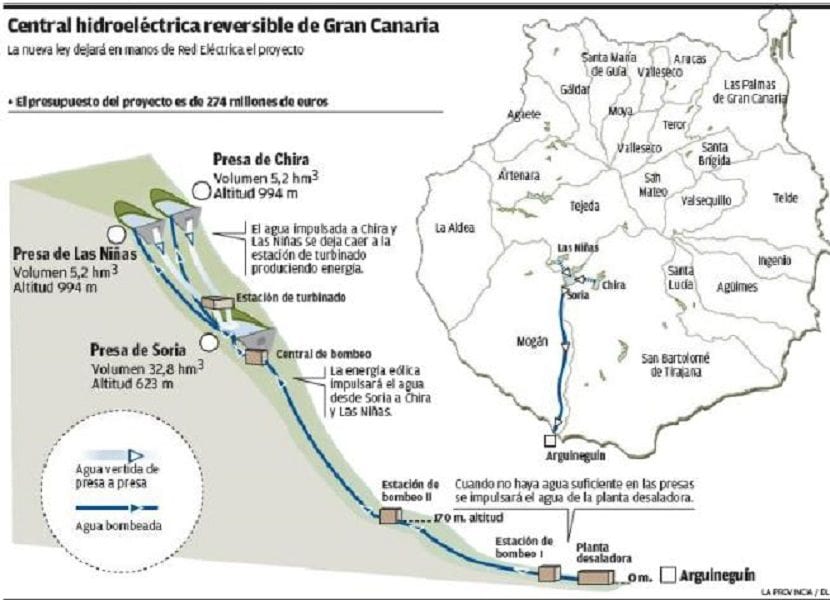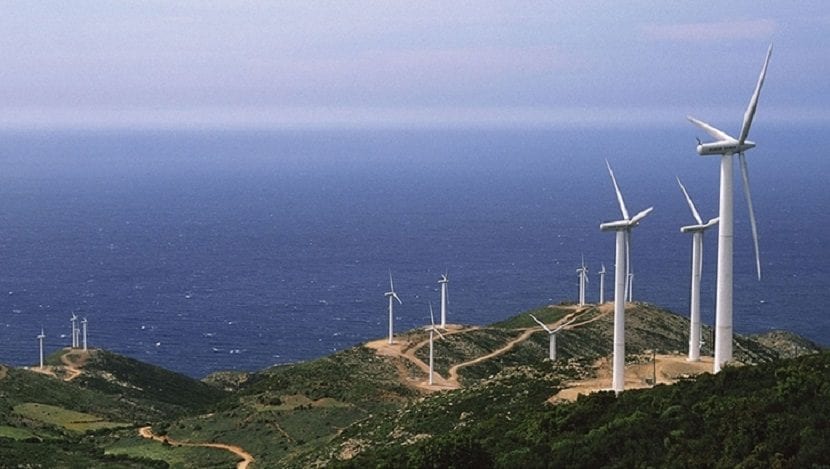
The efficiency of the electricity sector is one of the biggest battlegrounds for the companies, public institutions and citizens. In most cases, the solution is not to have more or fewer resources, but to manage in a more efficient those already available.
And the reasons are basically two: the first, the economic, so that energy development does not end up causing a financial extra cost and that in the end we have to pay for it as usual. And in second place, the environmental, minimize the impact on nature.
Because of all this, public administrations are committed to developing an economical and sustainable energy model. But from saying to fact there is a long way to go, and the goal is not always achieved.
The three problems of the Canary Islands energy model (and their solutions)
One of the best examples of positive change is Canary Islands, an archipelago that, due to its own idiosyncrasy, has historically carried an energy model that has created not only a criticized dependence on the rest of Spain, but also the permanence in some obsolete and unsustainable dynamics.
The problems of the Canary Islands energy model can be summarized in three factors: the geographic isolation of the area itself, excessive dependence on oil and the extra costs for the electrical system.
Fortunately, things are gradually changing. Since 2011, the Canary Islands have been moving towards an energy model to turn it into a sustainable, economical and truly autonomous model.
1) From geographic isolation ... to interconnection
The truth is that the biggest problem facing the Canary Islands is not a voluntary or deserved factor, but belongs to its own idiosyncrasy. It is none other than its geographical isolation, since it is more than 2.000 kilometers from the Peninsula, an insurmountable distance in many ways.
And it is that, just as many autonomous communities can take advantage of the territorial union at the national level to share infrastructures and connections, in the Islands it is practically an oasis that depends on itself. In fact, the Canary Islands electrical system has six subsystems, which are electrically isolated and which are minuscule in size compared to the peninsular ones.
The Canary Islands are forced to have six electrical subsystems that are not even interconnected.
The consequence of this lack of connection is very damaging: each island of the archipelago needs to recreate in its subsystem a network equivalent to the national one in terms of infrastructure and energy production, with the multiplication of efforts and structures that this entails.
The solution to this problem is the development of a new energy model to which Red Eléctrica de España contributes with its commitment to improve the connection between the islands and the grid mesh, which will facilitate a greater integration of renewable energies. To begin with, and since 2011, the company is carrying out the Network Asset Improvement project (MAR Project) for optimize and guarantee the security of electricity supply in the islands, something that did not happen before.

In addition, and already within the plans foreseen between 2015 and 2020, Red Eléctrica will also invest 991 million euros to "develop the electricity transmission network, increase electrical connections between islands and provide greater efficiency and competitiveness to electricity markets."
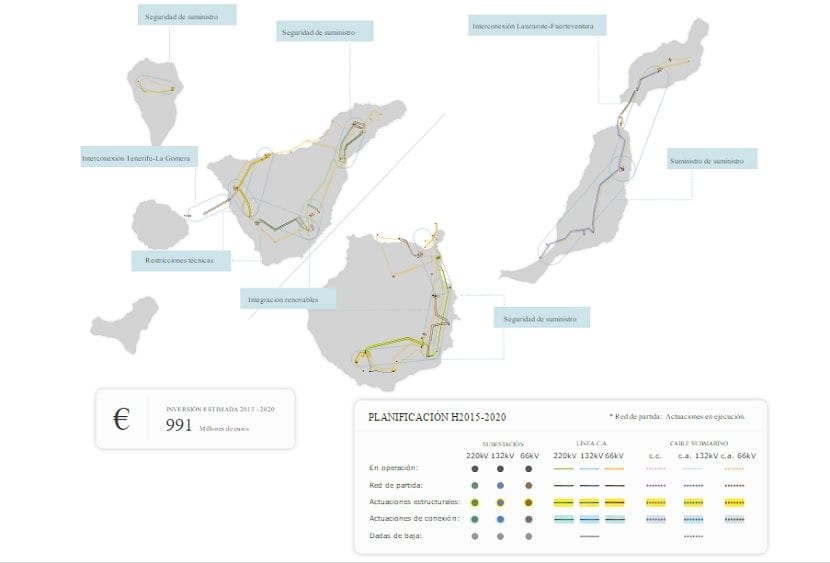
2) From oil ... to renewable energy
It is another of the great problems of the archipelago. According to Red Eléctrica, «electrical energy in the Canary Islands is generated with 92% of fossil petroleum products and only 8% from renewable sources, which translates into an electrical system that is highly dependent on the outside, expensive and polluting.
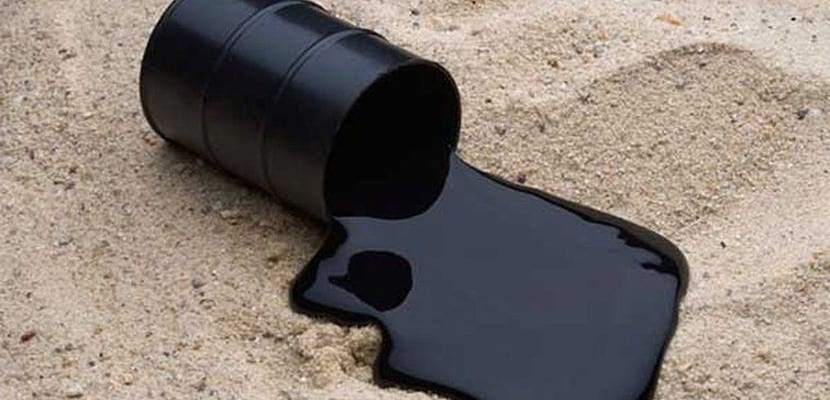
Given the historical and social demand that the Canary Islands rush to change its energy model, Red Eléctrica tries to contribute to its transformation towards "efficiency and sustainability" (he will surely get paid sooner or later).
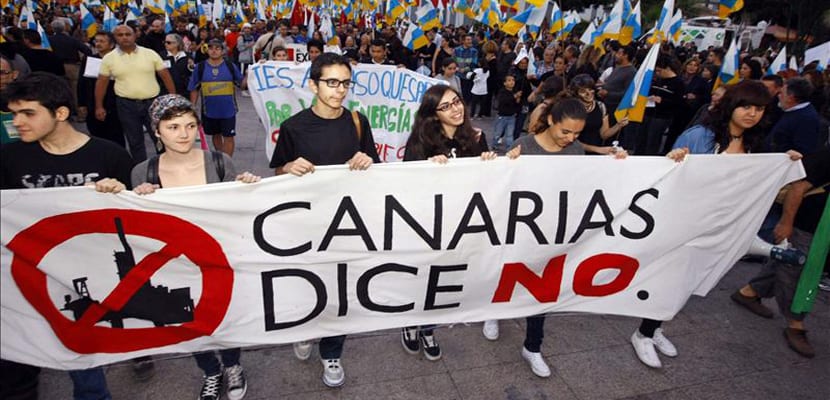
Among other initiatives, the company has carried out in Lanzarote an R & D & I project unprecedented in Spain: based on a system that uses the technology of flywheel which helps to stabilize the frequency and voltage of the Fuerteventura-Lanzarote electrical system and, as a consequence, to integrate more renewable energy.
In this objective, we find another of the great projects of Red Eléctrica in the Canary Islands: the development of the Soria-Chira reversible hydraulic power plant, to be used as an energy storage tool by the electrical system operator.
With a planned investment of 320 million euros, «the project will adapt a plant initially designed for generation to its new function as a system operator tool that will guarantee the electricity supply, improve the system's safety and optimize the integration of renewable energies in Gran Canarito".
3) From economic independence ... to financial autonomy
Both the absence of connection between islands and the dependence on oil have a negative consequence: the production of electrical energy becomes economically unviable.
And, as recognized by a study co-financed by the Government itself, producing energy in the Canary Islands is between three and four times more expensive than doing it in the rest of Spain. In addition, according to Electric Network, dependence on fossil materials' produces an extra cost of about 1.200 million euros per year for the entire electrical system ”. For this reason, the national Executive ended up subsidizing these extra costs via taxes. In other words, all Spaniards ended up paying for the endemic problem of the Canary Islands.
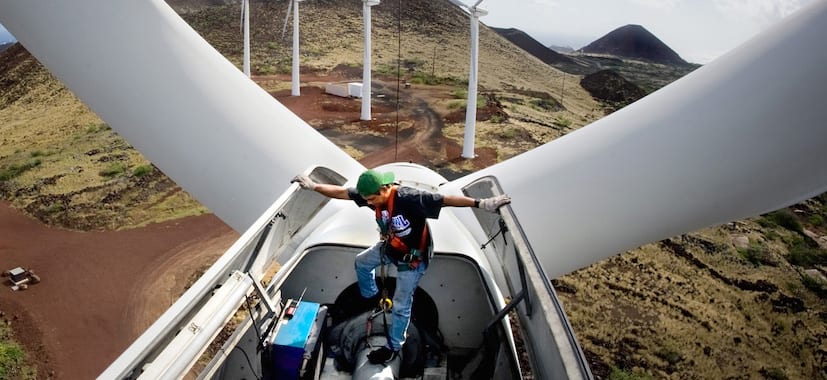
All these initiatives intend that the Canary Islands go assuming your own model, self-managed, environmentally sustainable and that, of course, depends less and less on the funding from the central government.

